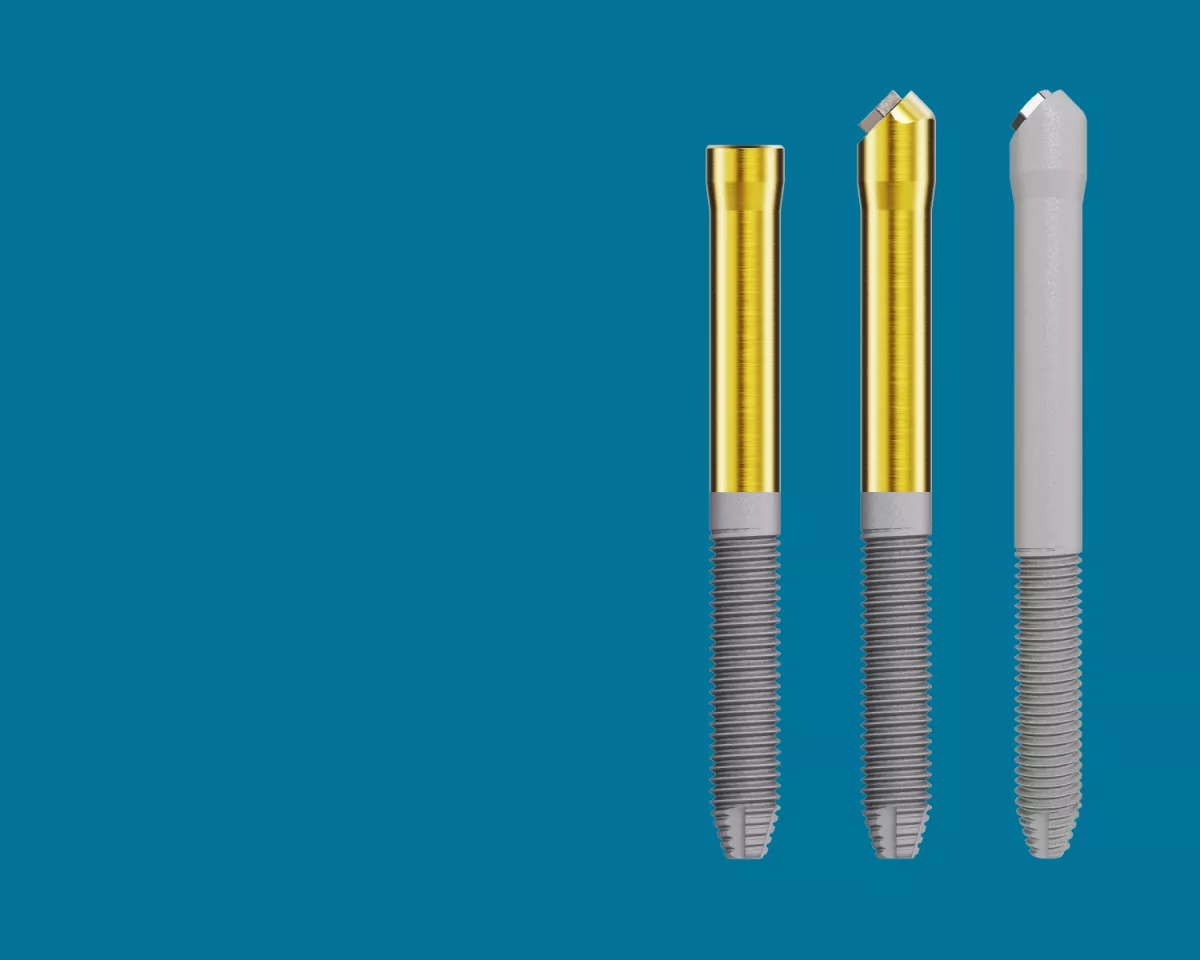
NobelZygoma™
Treat your most challenging cases. Transform more patients’ lives.
NobelZygoma – The implant for severe resorption in maxillary bone.
Discover NobelZygoma, the implant that anchors in the zygomatic bone. It is an implant system for an immediate protocol with graftless treatment that also offers prosthetic versatility. This shortens time-to-teeth for increased patient satisfaction.1

Graftless treatment solution
NobelZygoma, the implant system for immediate loading with a graftless protocol and a wide choice of temporary prosthetic options.
Designed to significantly shorten time-to-teeth for increased patient satisfaction.
NobelZygoma™ TiUltra™ system
Greater* surgical and prosthetic flexibility. Choose from an extensive range of implant lengths. Multi-unit Abutments available in a variety of gingival heights.
*Compared to previous design
More than 25 years of clinical experience
81 clinical studies published
2700+ patients treated
6500+ implants placed
97.0% survival rate*
*mean survival rate across publications and maximum follow-up of over 20 years.

Backed with science
Proven and immediate
The graftless solution that allows immediate loading, backed by 74 studies.
Long-term success
Excellent long-term survival rates at implant and prosthetic level, with over 25 years' followup.2
Advanced treatment option
Immediate improvement in quality of life for patients with severe maxillary bone resorption.
References
*Loading with a provisional fixed restoration on the day of surgery is possible, provided patient criteria are met and adequate implant stability is achieved.
- Nobel Biocare. Data on file.
- Vrielinck L, Moreno-Rabie C, Coucke W, Jacobs R, Politis C. Retrospective cohort assessment of survival and complications of zygomatic implants in atrophic maxillae. Clin Oral Implants Res. 2023;34(2):148-56.